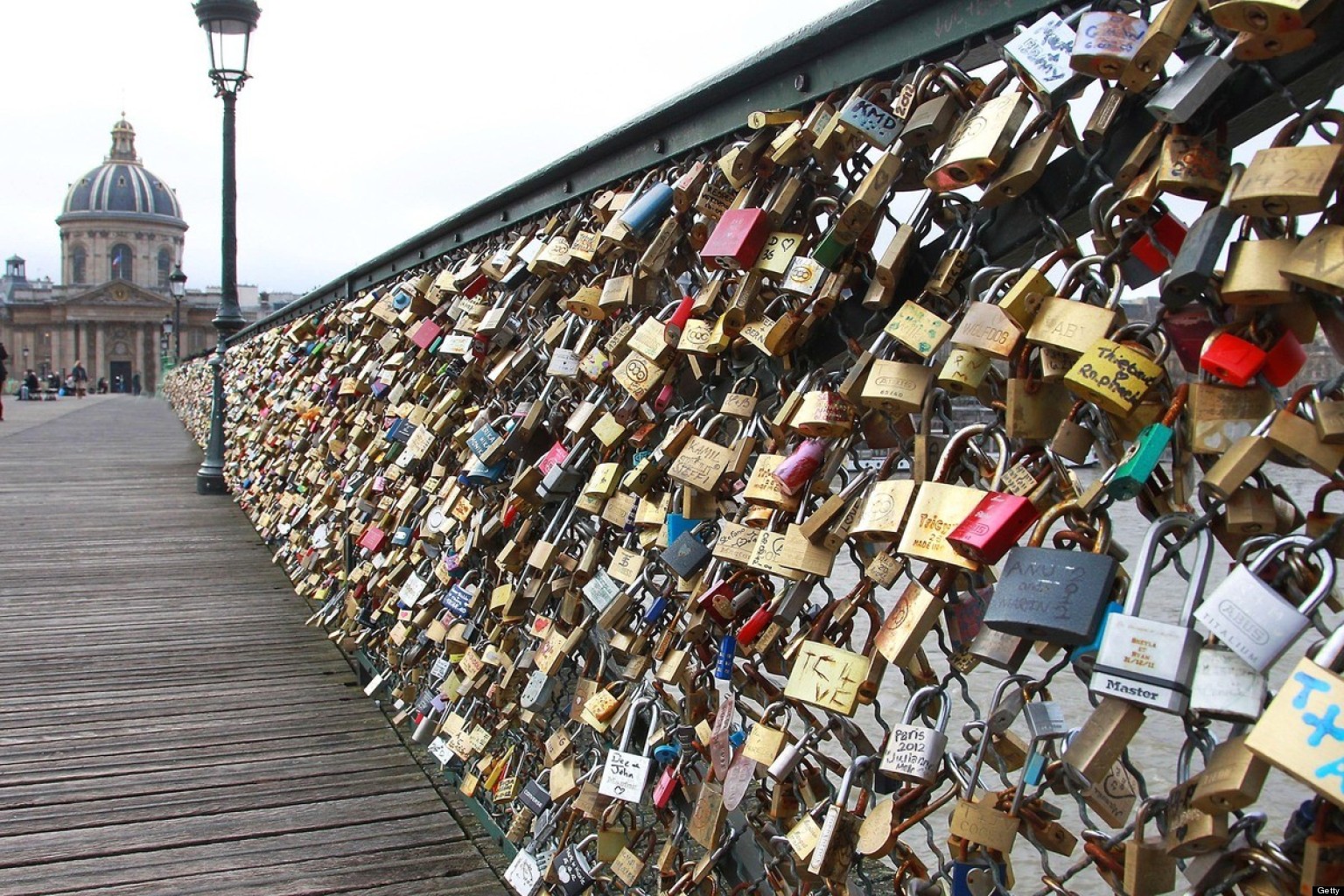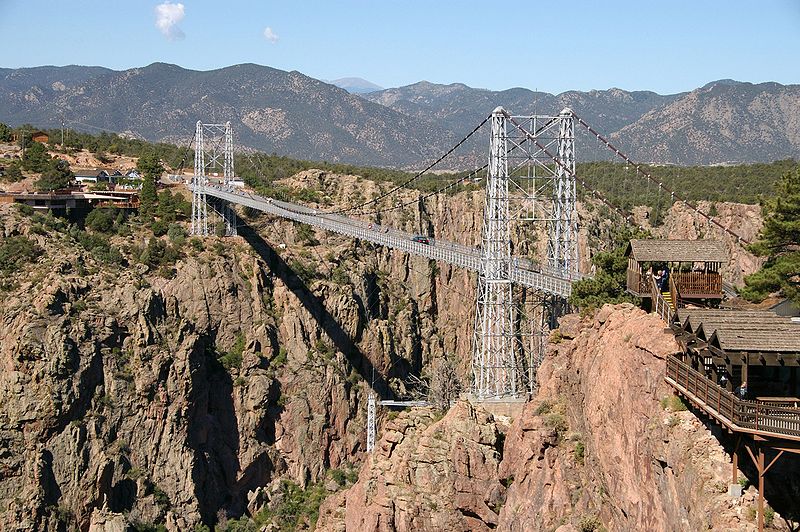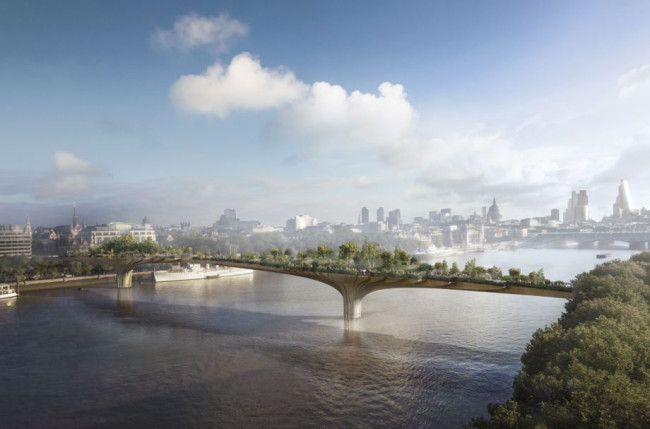
Paris is generally held to be one of the most romantic cities in the world. However, an increasing number of Parisian officials have had enough of love. Specifically, they’re concerned that the “love lock” craze that has covered many of Paris’ iconic bridges in padlocks may become a structural problem, as well as a eyesore (to some).
But, the French of all people should know better — love cannot be denied; it’s likely that banning locks from bridges may just move everlasting love elsewhere. Now, wouldn’t the Eiffel Tower look awesome festooned in several million padlocks?
From the Guardian:
With Paris’s bridges groaning under the weight of an estimated 700,000 padlocks scrawled with lovers’ names, campaigners say it’s time to end the love locks ‘madness’.
For some they are a symbol of everlasting love. For others they are a rusting eyesore. But now the “love locks” – padlocks engraved with the names of lovers – that line the rails of Paris’s bridges may have met their match, as a campaign takes off to have them banned.
The No Love Locks campaign, which includes a petition that currently has over 1,700 signatures, was launched in February by two Americans living in Paris who were shocked at the extent of the trend across the city. The idea is that by attaching the locks to a public place and throwing away the key, the love it represents will become unbreakable. However, with an estimated 700,000 padlocks now attached to locations across the French capital, the weight could be putting the structural integrity of the city’s architecture at risk.
Originally affecting the Pont des Arts and Pont de l’Archevêché, the padlocks can now be found on almost all of the bridges across the Seine, as well as many of the smaller footbridges that span the canals in the 10th arrondissement. On the most popular bridges the guard rails now consist of a solid wall of metal. In a testament to the popularity of the act, even Google Maps now denotes the Pont de l’Archevêché as “Lovelock bridge”.
“It’s so out of control,” says Lisa Anselmo, who co-founded the campaign with fellow expat and writer Lisa Taylor Huff. “People are climbing up lampposts to clip locks on, hanging over the bridge to put them on the other side of the rail, risking their lives to attach one. It’s a kind of mania. It’s not about romance any more – it’s just about saying ‘I did it.'”
While the reaction to the campaign from many people has been one of surprise, indifference, or anger: “We’ve been getting some hate mail over it, people calling us bitter old ladies,” says Anselmo, many have been supportive. Signatories on the petition – which includes many Parisians – cite the “dégradation publique” caused by the locks. The mayor of the 6th arrondissement, Jean-Pierre Lecoq, also supports their concerns, describing the love locks as “madness”.
“Since this walkway overlooks the Seine, and there are a lot of tourist boats that pass under it, any relatively heavy object falling from a certain height could cause a passenger an injury, or even a fatal blow,” he told RTL radio last August.
And, according to Anselmo, it’s not simply an aesthetic concern: “This isn’t just two Americans butting their noses in and saying this isn’t pretty,” she says. “The weight of the locks presents a safety issue. The Pont des Arts is just a little footbridge and is now holding 93 metric tonnes from the locks; regularly the grill work collapses. The city replaces it and two weeks later it fills up again. Sadly a ban seems to be the only way.”
The city council, evidently aware of the locks’ popularity with tourists, has so far resisted taking action, although concerns about the damage they cause to the architecture have been raised in the past and the authorities are said to keep a regular check on the pressure being placed on the bridges’ structure.
Information on the official website for Paris, while acknowledging the positive idea behind the locks, is less than enthusiastic about the reality of them, highlighting the damage they do and even encouraging tourists to send a digital “e-love lock” instead. It states: “If the tradition continues to grow in popularity and causes too much damage to the city’s monuments, solutions will be considered in a bid to address the problem.” Thankfully, they claim they will do this “without breaking the hearts of those who have sealed their undying love for each other to the Parisian bridges”.
It is not just Paris, however, where love locks can be found. Since the early noughties the trend has taken off globally with shrines visible in cities around the world, much to the bemusement of authorities who have been struggling to keep them at bay. In 2012 Dublin city council removed all the love locks on Ha’penny bridge, while threats to remove the padlocks on Hohenzollern bridge in Cologne were retracted after a public outcry.
Indeed, for those whose tokens of affection are in jeopardy, the idea of a ban is less than welcome. Ben Lifton attached a love lock in Paris last February when visiting the city with his boyfriend. “We didn’t plan to do it,” he says. “But there was a guy conveniently selling locks and permanent markers next to it, and so for a few euros we thought, ‘why not’. It’s a nice way to deposit something somewhere, and know (or at least hope) that it will be there if, and when, you ever return.”
He finds the prospect of a ban, “a bit sad”. He said: “Clearly there are some people who have gone through a messy break up recently on the Paris council, and they have a vendetta against happy couples.”
Adam Driver, who has also affixed a love lock in Paris agrees: “The bridge in Paris, near the Notre Dame cathedral, is almost entirely covered with locks of all shapes, sizes and colour,” he says. “You can hardly see the bridge underneath them all. I think the bridge looks great. It is a real thing-to-do in Paris. It’s iconic, and it would be a shame to lose all of those locks, which hold so many memories for people.”
Read the entire story here.
Image: “Love locks” on the Pont-des-Artes, Paris. Courtesy of Huffington Post.




